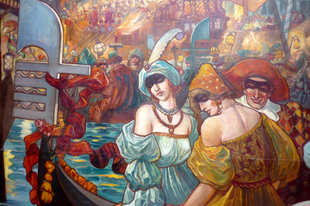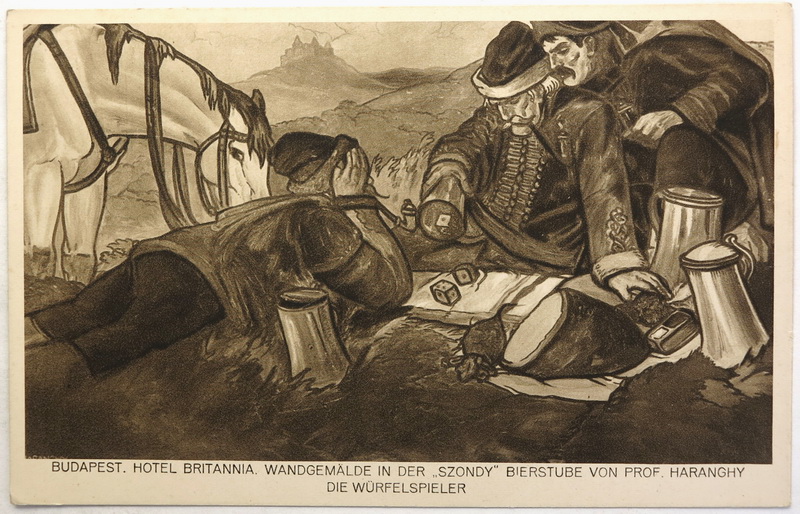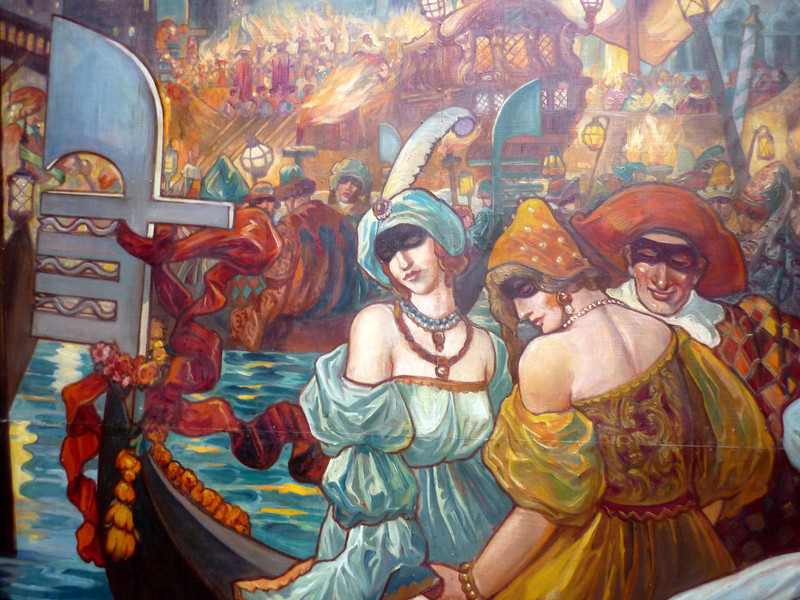
Near Nyugati there is a special place, Radisson Blu Béke Hotel, formerly known as the Britannia Hotel, first opened for business on 10 May 1913. Its first owner based his new establishment on the English model. The hotel was fitted with the latest amenities: the rooms had running hot and cold water, steam and water-based central heating, and a central vacuum cleaning system were installed. Above the doors to the rooms special lights were fitted for calling room service.

Hotel Britannia was among the high-end hotels of Budapest in the 20th century. Aladár Németh and his wife brought about the “golden age” of the hotel, because they honed the catering and entertainment to perfection. Best years of Britannia were in the 1930s, when the Nyugat Circle had its meetings at the hotel. They rented a separate room for the occasion, and the events had a high value in the current cultural life. Ferenc Móra, the famous writer was also a regular visitor at Britannia. He called the hotel his second home. He usually stayed in the same room, which is today called the “Móra room”, decorated with the writer’s portrait and 12 original Móra-quotes.
The legendary ballroom of the Hotel was called Kupola after the beautiful Glass Dome (in Hungarian: üvegkupola). The famous Glass Dome (or Kupola) made by Jeno Haranghy was originally designed for the hotel back in 1937. The walls were decorated with Jenő Haranghy’s enormous panel paintings depicting famous Shakespeare dramas like The Merchant of Venice, A Midsummer’s Night Dream or Twelfth Night. In the ‘60s and ‘70s a whole host of famous Hungarian performers took to the stage.
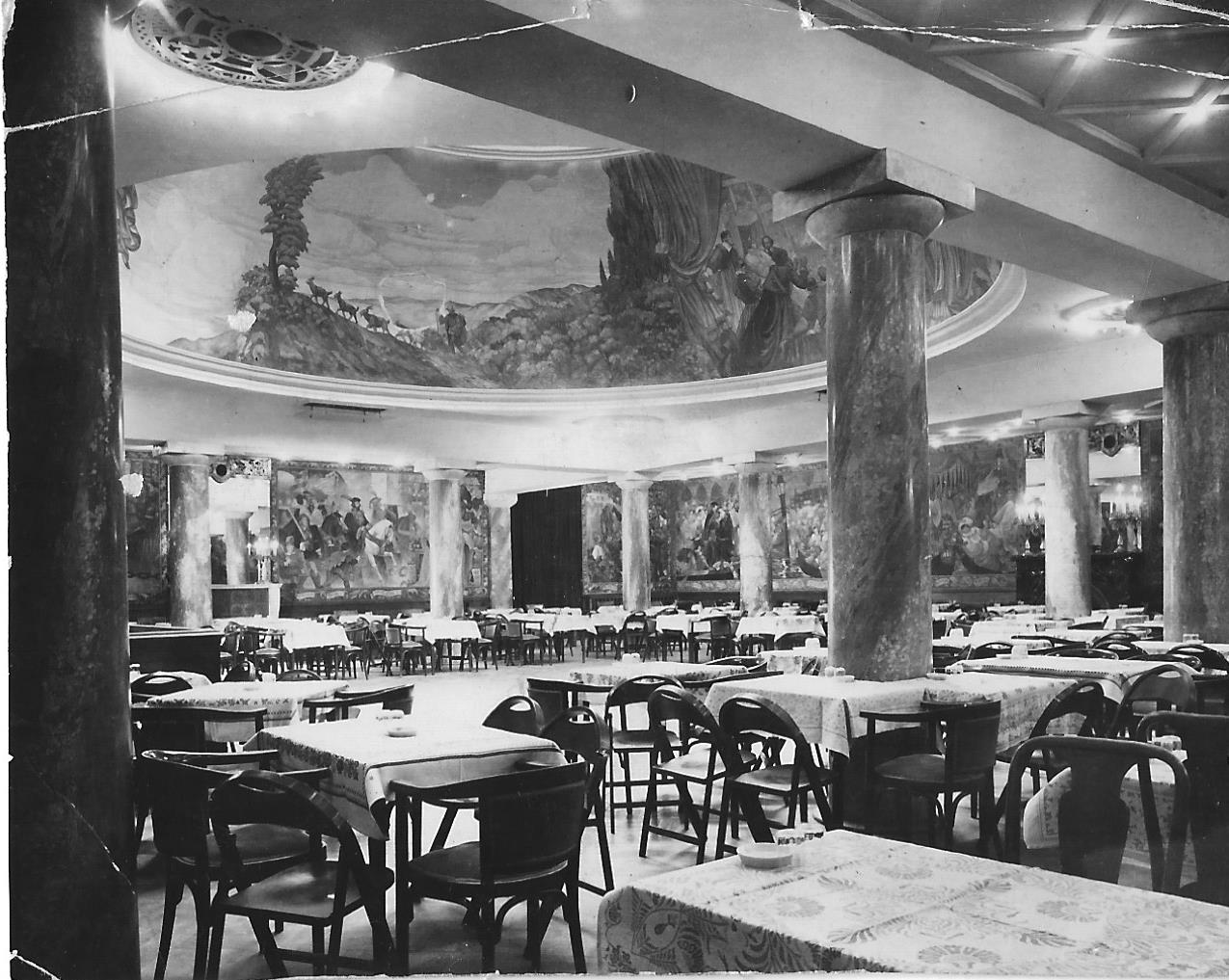
The glass paintings, stained glasses and frescos of the hotel are all works of Jenő Haranghy, Hungarian artist, decorative painter and graphic artist, professor of the College of Applied Arts of Budapest, active before WW2. He was rather influential as an art teacher: Ernő Zórád - one of the most important and talented Hungarian artists - studied at the School of Applied Arts between 1927 and 1929, with Jenő Haranghy as his master.

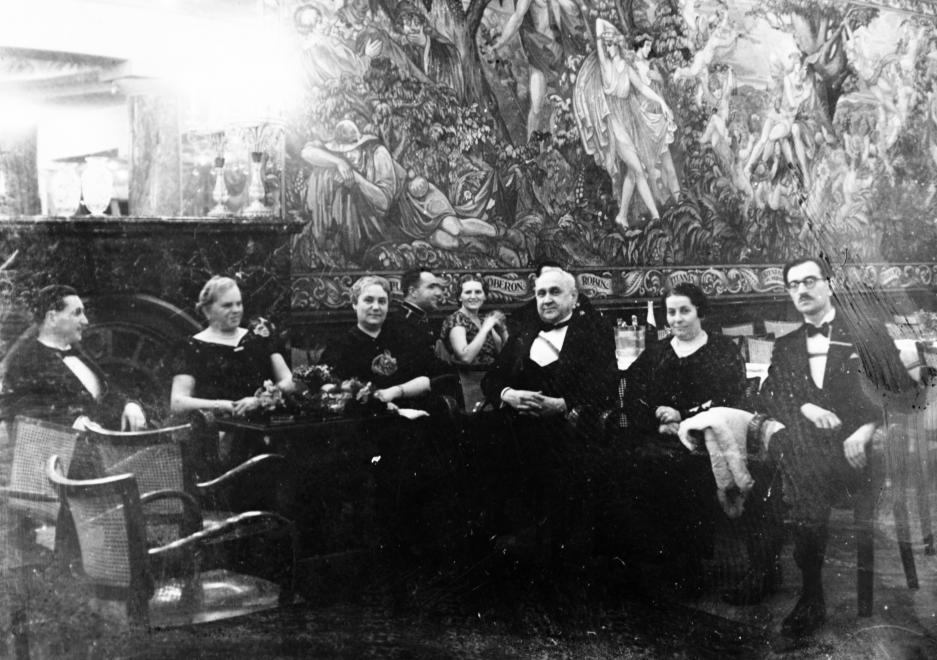


Haranghy designed some posters during the First World War for war loans and other governmental campaigns. All of them are very decorative, colorful drawn compositions. Haranghy prefered to use national symbols and figures in folk costumes, in order to highten patriotic feelings.
He created several poster designs for commercial and cultural purposes too. Besides posters he designed other graphic works, book illustrations and ex librises, and he composed mural paintings, such as the tympanum fresco of the Kunsthalle (Műcsarnok) in Budapest. The owner of Mátyás Pince, Mátyás Borostyánkői (Baldauf) refurbished the restaurant in 1937 according to the plans of architect Károly Dávid, decorating it with wall and glass paintings by Jenő Haranghy. The old furniture was replaced with tables, chairs and cabinets made in the Renaissance and old Hungarian styles. Its windows were replaced with stained glass and walls were covered with murals by Haranghy.
His style always remained the graphical Art Noveau and Art Deco but he never required the same from his students.
The term stained glass can refer to coloured glass a material or to works created from it. As a material stained glass is glass that has been coloured by adding metallic salts during its manufacture. The coloured glass is crafted into stained glass windows in which small pieces of glass are arranged to form patterns or pictures, held together (traditionally) by strips of lead and supported by a rigid frame.
Stained glass, as an art and a craft, requires the artistic skill to conceive an appropriate and workable design, and the engineering skills to assemble the piece.
Stained glass has often been used as a decorative element in public buildings as churches, banks or hotels.
One of my favourite artworks by Haranghy is the stunning Glass Dome. Jenő Haranghy’s original Art Nouveau stained glass dome had miraculously survived during WW2 in the Hotel Britannia, now Radisson Blu Béke Hotel, Budapest to the present day. Do you know who are represented in the middle of the cupola? From left to right Ignis (fire), Aer (air), Aqua (water), Terra (earth).
The Haranghy dome symbolizes the historic roots of the hotel was placed in the immediate vicinity of the entrance of the Zsolnay Café during spring 2018. This special piece of art decorated with stained glass is going to take place in the revival of the cultural life.

A bejegyzés megtekintése az Instagramon

